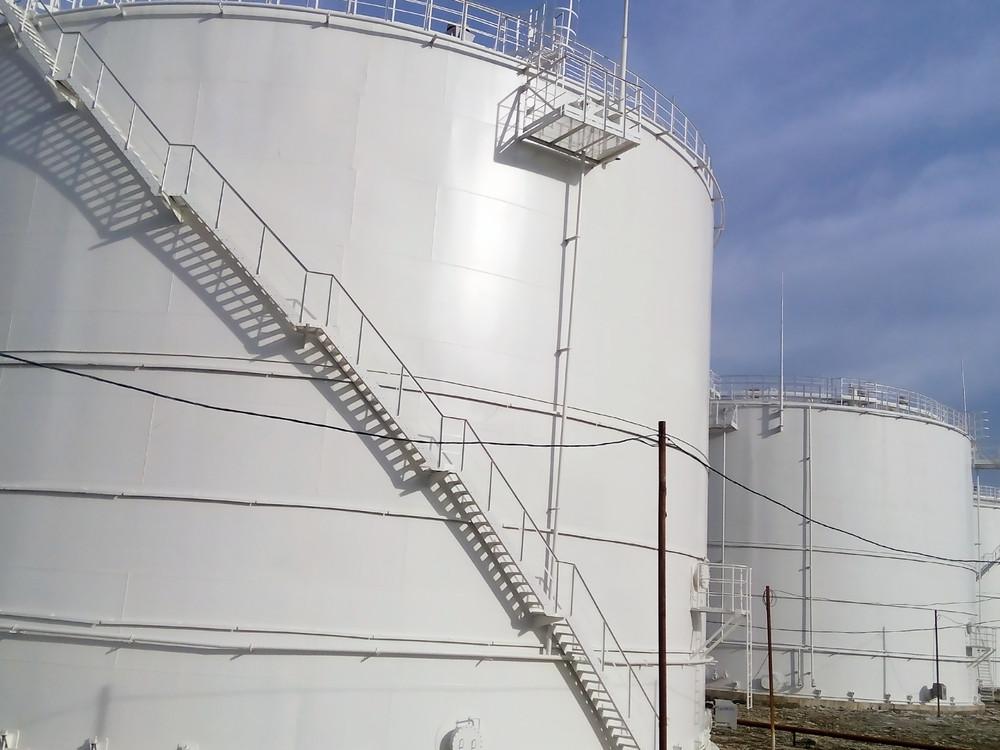
To safely contain the chemicals during a plating process conception, plate tank liners are required. It's why custom-made electroless nickel tank liners are a recommended option for getting plating tank liners to do a reliable job. Electroless nickel tank liners are tasked with the duty to improve the performance of a tank. They use specific chemicals in the creation of a reaction that is used in the depositing of metal instead of electricity usage. This is the main job of an electroless nickel tank liner.
There are many regulations that the EPA has set to control how tanks are supposed to be handled in the process. The EPA is tasked with maintaining a list containing 140 chemicals, ones that when stored in large quantities, will require the owners to submit a risk management plan to the respective regulator. The ones that evade EPA regulations are underground tanks but they mostly have rules and regulations set for all types of tanks and what they process to assure the safety of people.
Electroless nickel tank liners are beneficial in that they help to do away with the costly requirement and wastage of time during a cleaning process. They are more cost-efficient as opposed to other tank liners. This makes them a suitable choice for economical reasons in big plants because they enable them to not worry about the loss or expenses.
Electroless nickel tank liners also provide an allowance to use metal ranks that are inexpensive. They are preferred because of the ability to not crack and in case they do, they need few repairs or replacements. Them allowing it to be fit for metal tanks offers a win-win factor. Electroless nickel tank liners also have a huge overlap which helps to keep tanks secured. They also provide different options for bottoms that are suitable for various tanks.
Another major benefit of electroless nickel tank liners is that they only need a straightforward installation where they are dropped in. This makes them a less stressful option and not have to worry about the purchase of tools or hiring labor to install them.
It is important to have the required regulations set in place for tank liners as this ensures that they perform efficiently and that there is no potential risk involved during handling them. The EPA makes sure these guidelines are followed but the main responsibility lies with the handlers who handle the tan liners.
